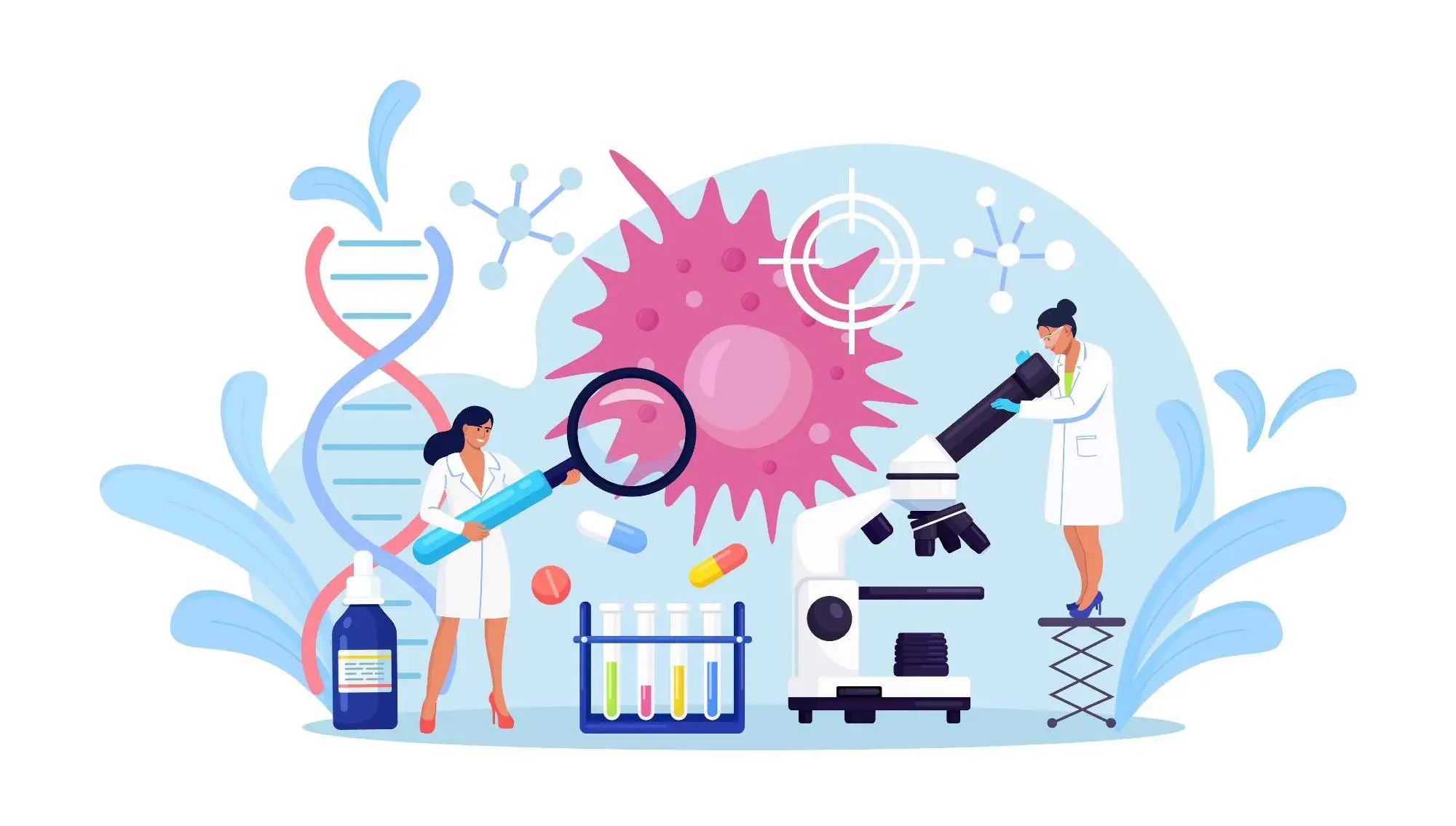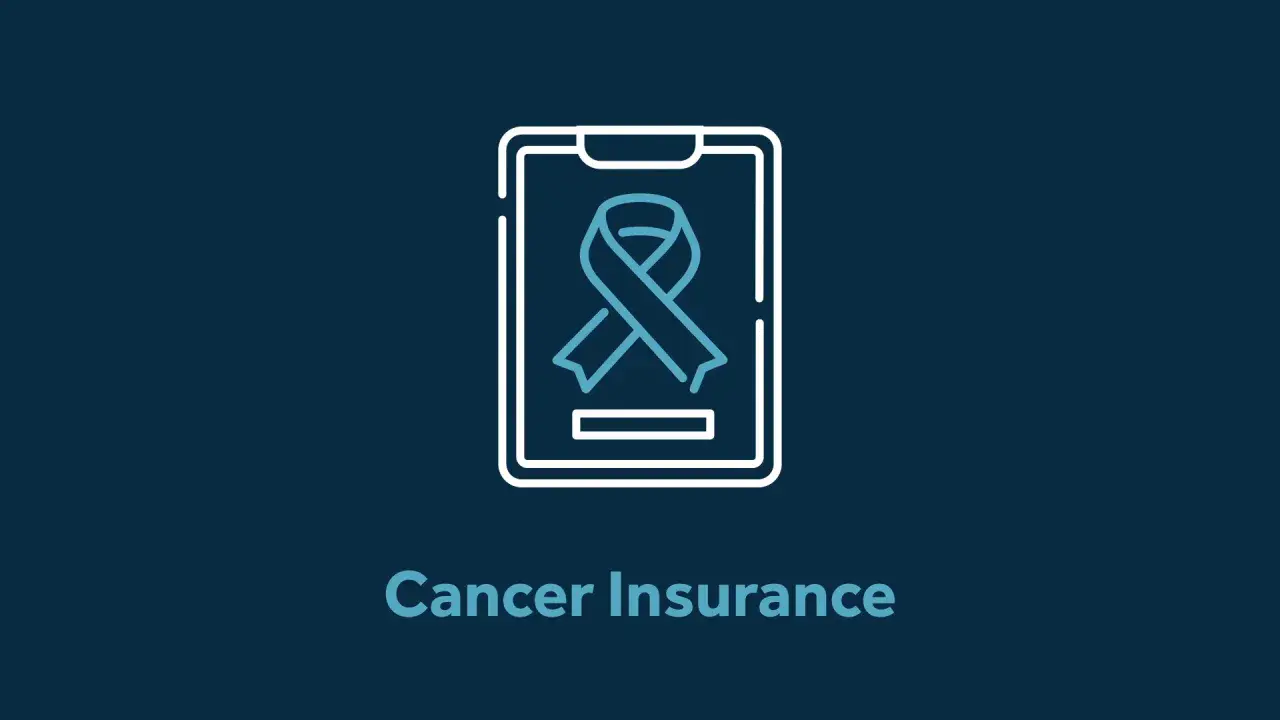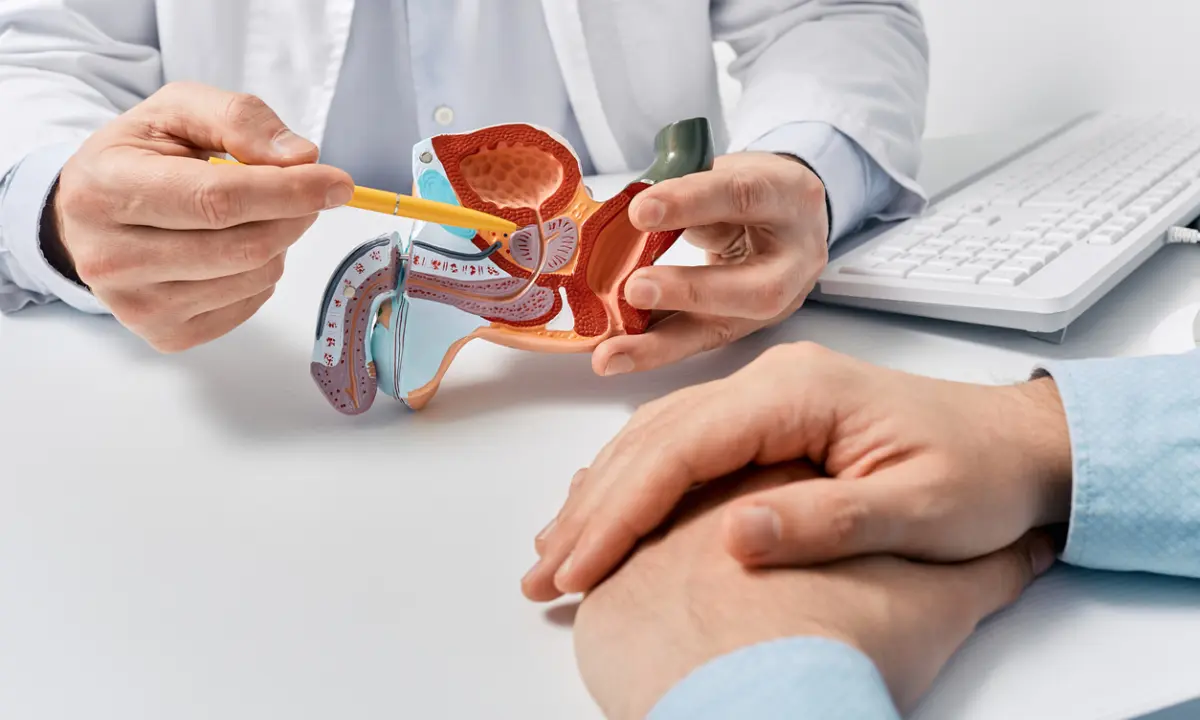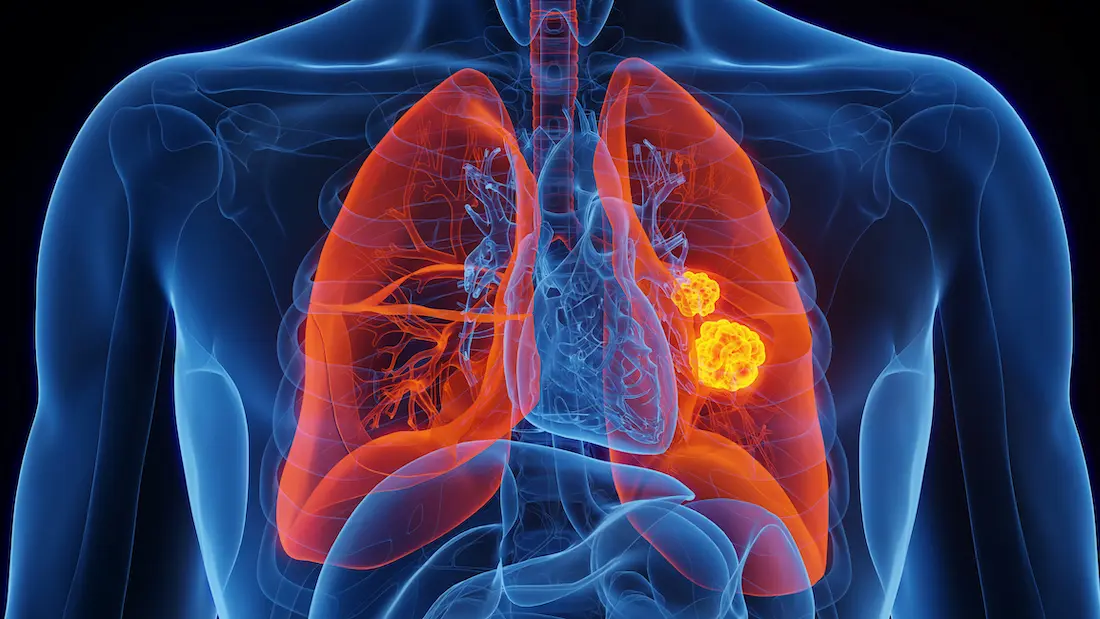The Ultimate Guide to Cancer Screening: Early Detection Saves Lives
Cancer screening is a crucial tool in the fight against cancer, as it enables early detection, leading to better treatment outcomes and a higher chance of survival. By identifying cancer in its earliest stages, early detection allows for more effective treatments and a greater likelihood of a full recovery. This guide will explore the importance of cancer screening, the various tests available, and how early detection can save lives.
1. What is Cancer Screening?
Cancer screening involves tests used to detect cancer before symptoms appear. Early screening can identify cancers at stages when they are more treatable. Different types of screening are available for various types of cancer, each with its own recommended guidelines.
2. Why is Early Detection Important?
Early detection is vital because it often leads to more effective treatment options. Detecting cancer in its early stages, when it is smaller and has not spread, significantly increases the chances of successful treatment. In some cases, early screening can even prevent cancer from developing by detecting precancerous conditions.
3. Types of Cancer Screenings
Here are some of the most common cancer screenings and their associated tests:
Breast Cancer Screening
- Mammogram: The standard screening tool for women over 40, used to detect early signs of breast cancer.
- Breast MRI: Recommended for high-risk women, this test provides a more detailed view of breast tissue.
Cervical Cancer Screening
- Pap Smear: A test for abnormal cells in the cervix that could potentially lead to cervical cancer.
- HPV Test: Detects the presence of human papillomavirus, a leading cause of cervical cancer.
Colorectal Cancer Screening
- Colonoscopy: A procedure used to inspect the colon for any abnormal growths or signs of cancer, recommended for individuals over 50.
- Fecal Occult Blood Test: A non-invasive test that checks for hidden blood in stool, which can indicate colorectal cancer.
Lung Cancer Screening
- Low-Dose CT Scan: This test is recommended for people at high risk of lung cancer, such as heavy smokers.
Prostate Cancer Screening
- PSA Test: Measures the level of prostate-specific antigen in the blood, which may be elevated in cases of prostate cancer.
- Digital Rectal Exam: A physical exam to check for abnormalities in the prostate.
Skin Cancer Screening
- Skin Check: A dermatological exam to look for unusual moles or skin changes, which could be signs of skin cancer like melanoma.
Cancer Screening Comparison Table
| Cancer Type | Screening Test | Recommended Age/Group | Frequency |
|---|---|---|---|
| Breast Cancer | Mammogram, Breast MRI | Women over 40, high-risk | Every 1-2 years |
| Cervical Cancer | Pap Smear, HPV Test | Women aged 21-65 | Every 3-5 years |
| Colorectal Cancer | Colonoscopy, Fecal Occult Blood Test | Adults over 50 | Every 10 years |
| Lung Cancer | Low-Dose CT Scan | Smokers, high-risk individuals | Annually |
| Prostate Cancer | PSA Test, Digital Rectal Exam | Men over 50, high-risk groups | Annually or biennially |
| Skin Cancer | Skin Examination | High-risk individuals | Annually |
4. When to Start Cancer Screenings
The age and frequency of cancer screenings depend on your individual risk factors, including family history, lifestyle, and general health. It’s important to talk to your doctor about when to start screenings and which tests are right for you. In many cases, screening begins around age 50, but individuals at higher risk may need to start earlier.
5. Taking Action: Getting Screened Regularly
Early screening is one of the most effective ways to detect cancer early and save lives. It’s important to stay on top of your screenings and schedule them regularly. Speak to your healthcare provider to ensure you are receiving the appropriate tests for your age and risk level.
Key Takeaways
- Early detection through cancer screening is critical for improving survival rates.
- Regular screenings help identify cancers at an early, more treatable stage.
- There are various types of cancer screenings for different types of cancer, each with specific guidelines.
Explore

Breast Cancer Screening: A Comprehensive Guide to Early Detection

The Social Impact of Donations: Changing Lives in the USA

Online Colleges for Early Childhood Education: Advancing Your Career in Child Development

Cancer Treatment Breakthroughs: What’s on the Horizon in 2025?

Mental Health and Cancer Care: The Importance of Emotional Support During Treatment

Understanding Cancer Insurance: Why It's Essential for Your Health Coverage

New Breakthroughs in Advanced Prostate Cancer Treatment

Best Treatment Options for Lung Cancer in 2025
